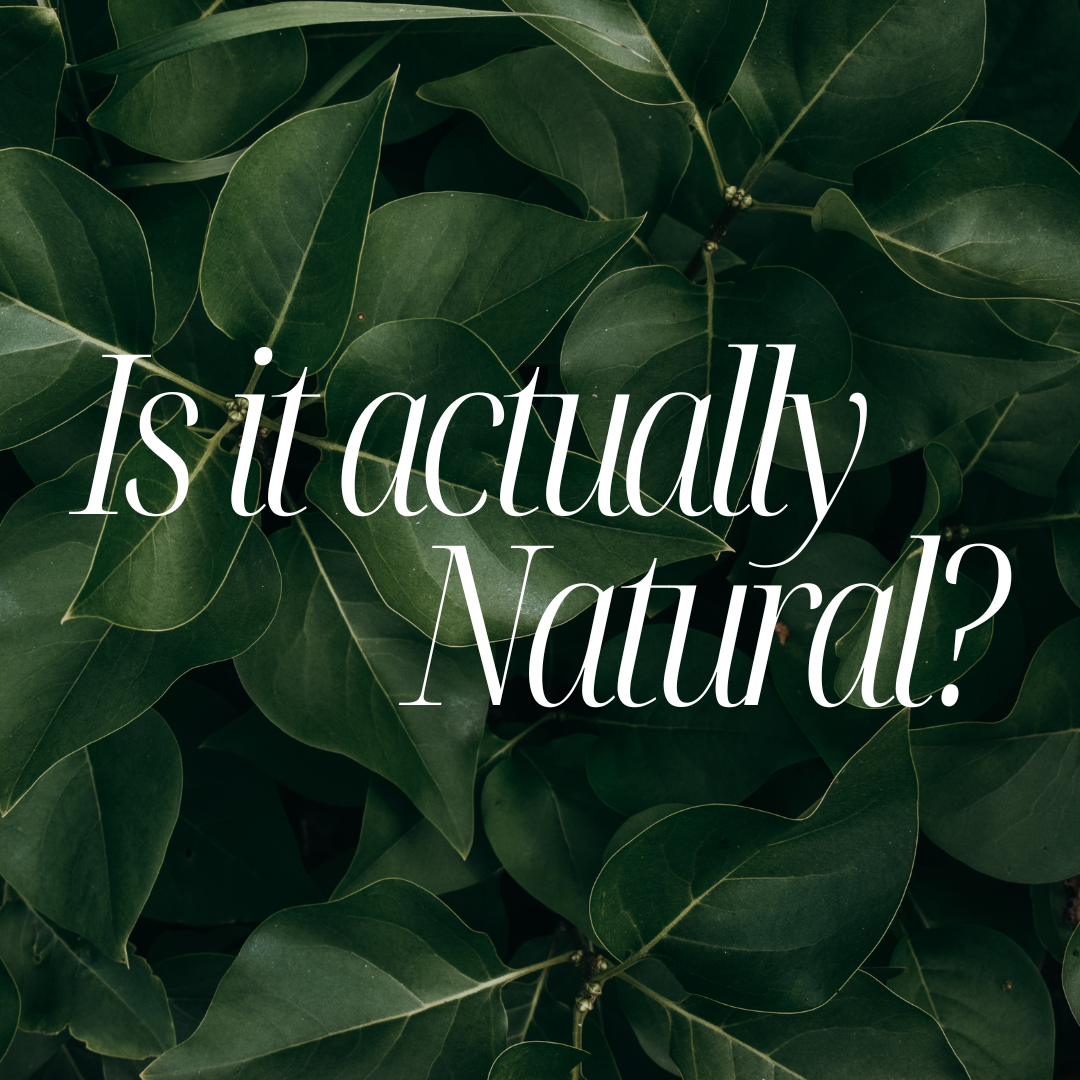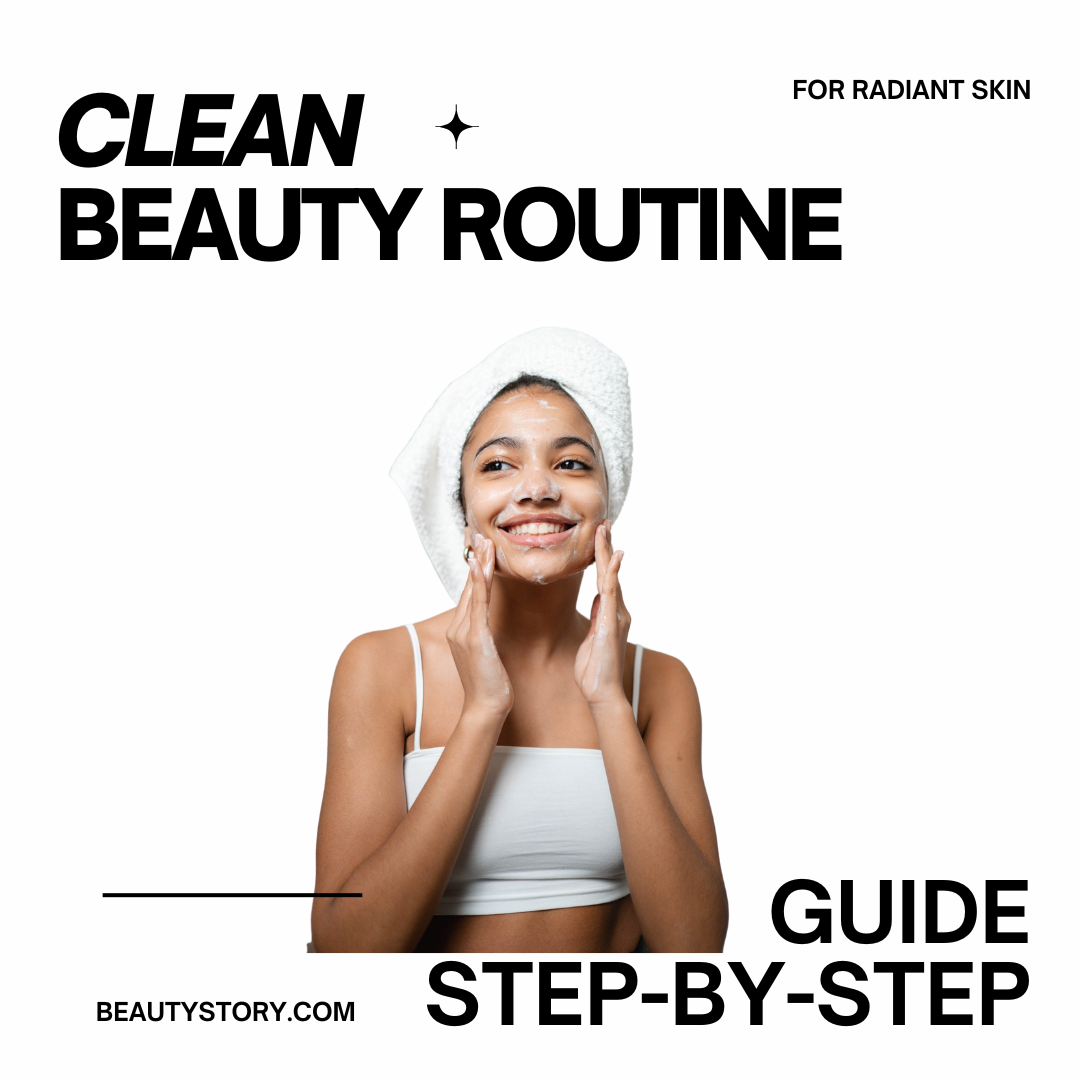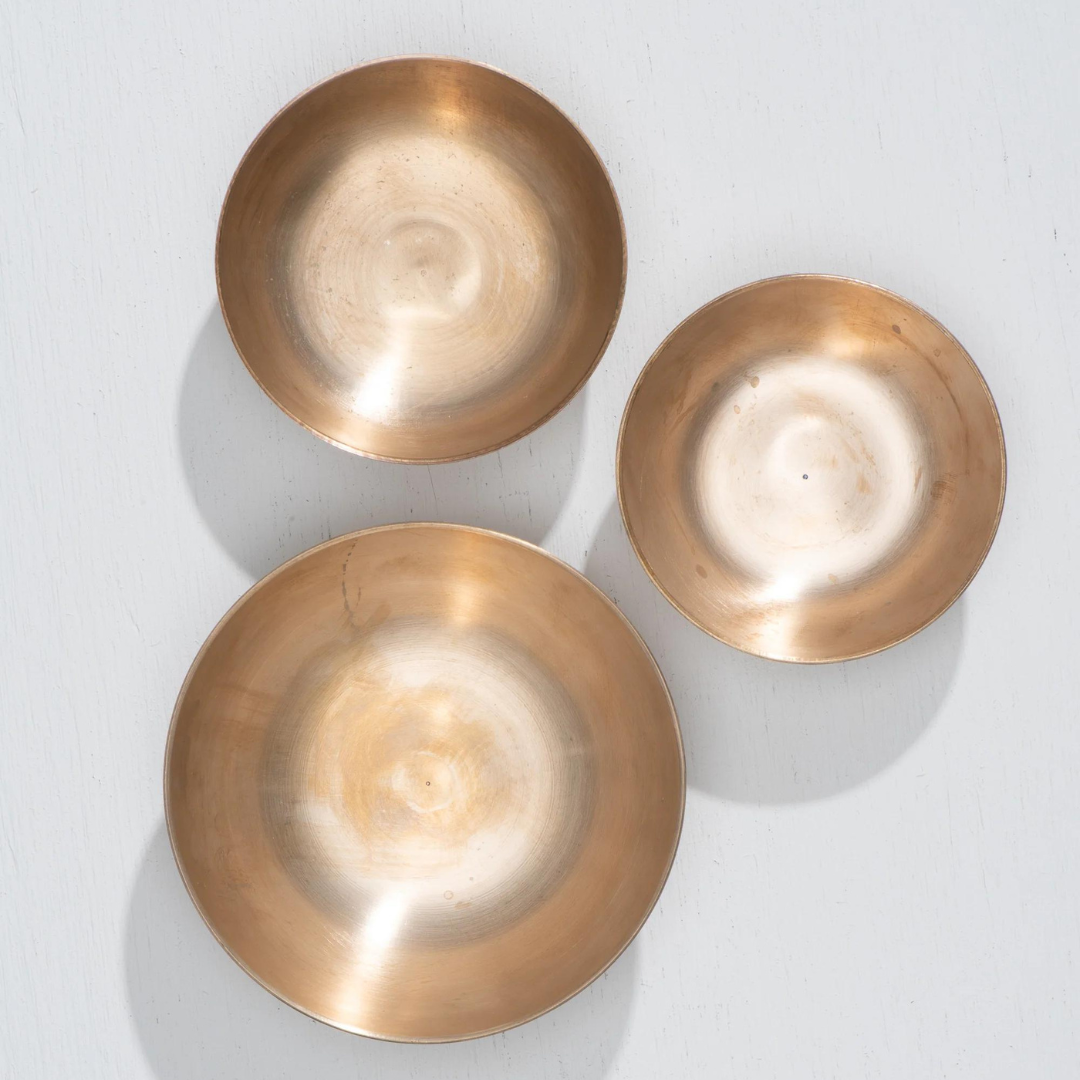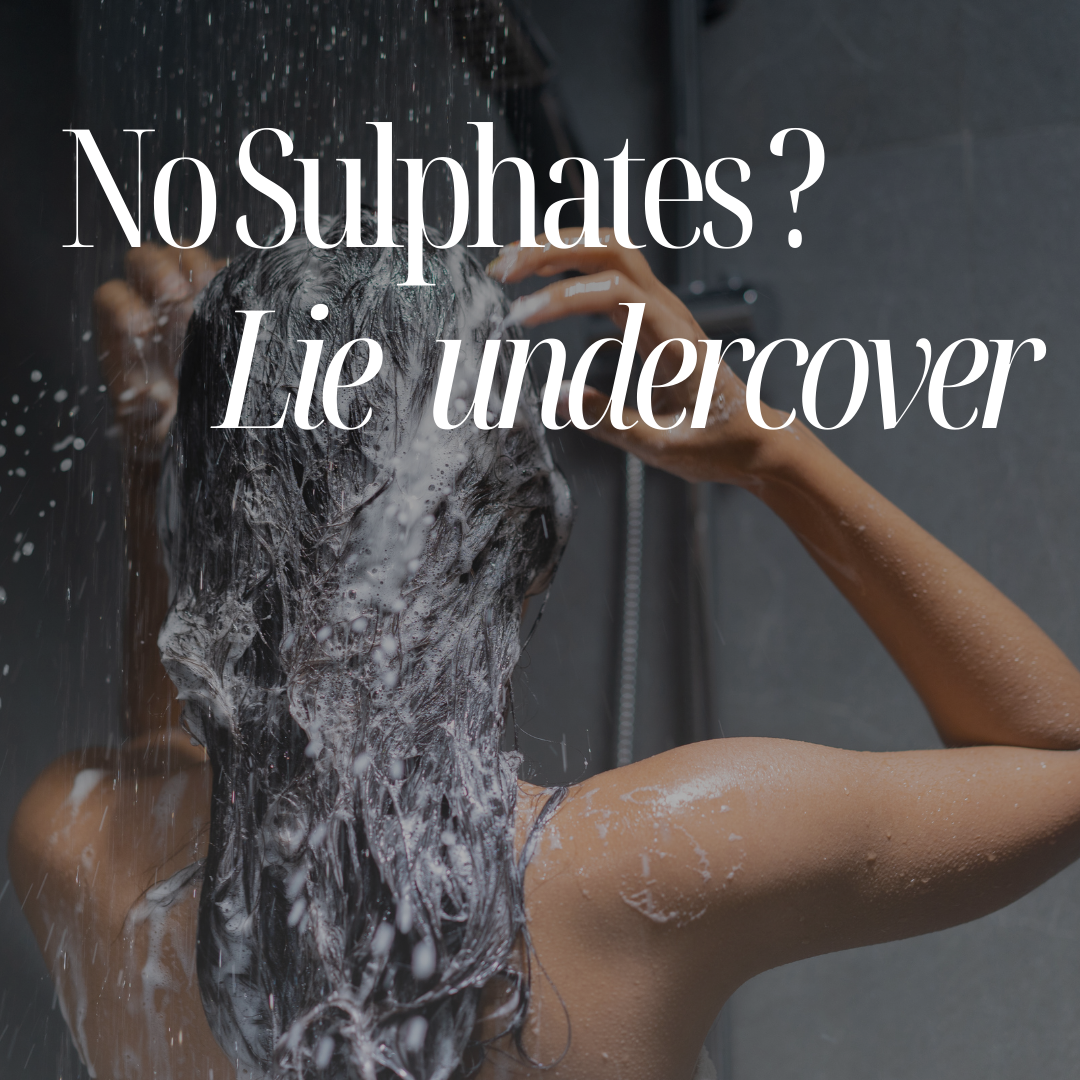Why You Shouldn't Blindly Trust Brand Tags Like "Natural" and "Toxin-Free"

Why You Shouldn't Blindly Trust Brand Tags Like "Natural" and "Toxin-Free"
Introduction
In the ever-evolving world of personal care and beauty products, consumers are becoming increasingly conscious of the ingredients in their products. Terms like "natural" and "toxin-free" are commonly used by brands to attract health-conscious buyers. However, these labels can be misleading. In this article, we delve into why you shouldn't blindly trust these brand tags and what it truly takes for a personal care brand in India to be considered 100% natural.
The Misleading Nature of Brand Tags
Marketing strategies often exploit popular buzzwords to increase sales. Terms like "natural," "organic," and "toxin-free" are not always regulated, allowing brands to use them liberally.
- Natural: This term suggests that the product contains ingredients derived from natural sources. However, the definition of "natural" is not standardized, and even synthetic ingredients can sometimes be included.
- Toxin-Free: This implies the absence of harmful chemicals. Yet, what qualifies as a toxin can vary widely, and some products labeled as such may still contain potentially harmful substances.
The Reality Behind "100% Natural" Claims
In India, the guidelines for labeling personal care products are relatively lenient. According to current regulations, a product can be labeled as "100% natural" even if just one ingredient meets the criteria of being completely natural. This means that the rest of the product's composition could include synthetic or semi-synthetic ingredients.
Understanding the Criteria
To truly understand what it means for a product to be 100% natural, one must look at the entire formulation:
- Ingredient Sourcing: All ingredients should be derived from natural sources without undergoing extensive chemical processing.
- Manufacturing Process: The process should preserve the integrity of the natural ingredients, avoiding synthetic additives.
- Regulations and Certifications: Authentic certifications from recognized bodies can provide a more reliable assurance of a product's natural status.
Challenges in Achieving 100% Natural Status
Creating a genuinely 100% natural product is not straightforward. It involves several challenges:
- Ingredient Availability: Not all ingredients needed for effective personal care products are available in a natural form.
- Shelf Life: Natural ingredients often have shorter shelf lives, posing a challenge for product longevity. Any personal care product that claims to have a shelf life of more than six months likely contains preservatives, making it less than 100% natural.
- Cost: Sourcing and maintaining natural ingredients can be more expensive, impacting the product's final price.
How to Make Informed Choices
Consumers should educate themselves and not rely solely on brand tags. Here are some tips to make informed decisions:
- Read Ingredient Lists: Familiarize yourself with common natural and synthetic ingredients.
- Research Brands: Look into the brand's transparency about their sourcing and manufacturing processes.
- Look for Certifications: Certifications from reputable organizations can provide an additional layer of trust.
- Customer Reviews and Testimonials: Real user experiences can give insight into the product's efficacy and safety.
Conclusion
While the allure of "natural" and "toxin-free" labels is strong, it's crucial to approach these claims with a healthy dose of skepticism. Understanding the intricacies behind these labels and the challenges of producing genuinely natural products can empower consumers to make better, more informed choices. At BeautyStory.com, we advocate for transparency and education, ensuring that beauty enthusiasts can trust the products they use daily.




